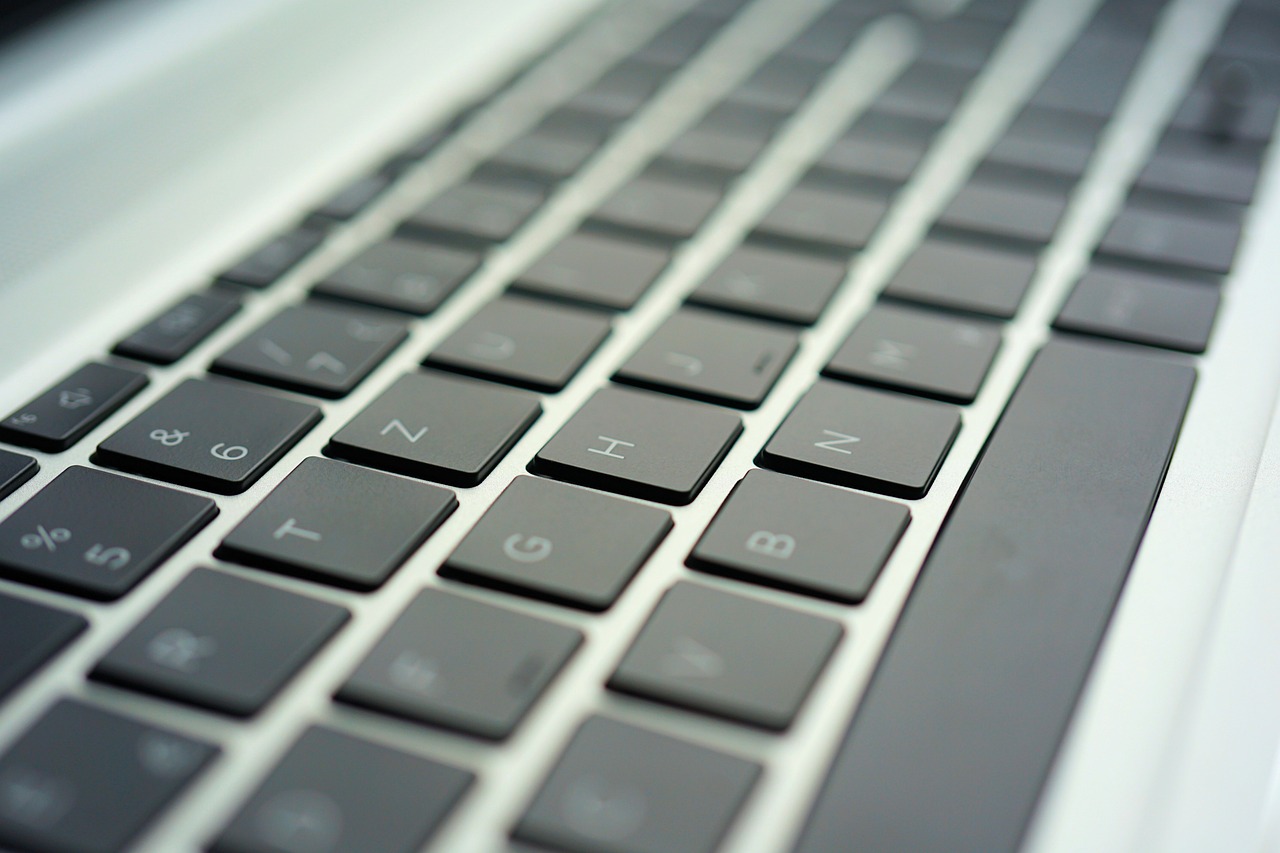The Internet of Things in Agriculture
In the modern age of agriculture, the integration of Internet of Things (IoT) technology has brought about numerous advantages for farmers. Through the utilization of IoT devices such as sensors and drones, farmers can monitor crop health, soil moisture levels, and weather conditions in real-time. This ensures that farmers are equipped with accurate data to make informed decisions about irrigation, fertilization, and pest control, ultimately leading to increased crop yields and improved farm efficiency.
Additionally, IoT technology enables farmers to remotely manage and automate various farming processes, reducing the need for manual labor and decreasing operational costs. With the ability to control irrigation systems, monitor livestock, and track equipment usage from a centralized platform, farmers can optimize resource utilization and enhance overall productivity. The convenience and accessibility provided by IoT devices empower farmers to streamline their operations and maximize output, making agriculture more sustainable and profitable.
Challenges of Implementing IoT in Farming
Farmers often face challenges when implementing IoT in their farming practices. One common obstacle is the initial cost involved in setting up IoT devices and systems on a farm. The expense of purchasing sensors, connectivity devices, and software can be prohibitive for many small-scale farmers, leading to financial barriers to adopting this technology.
Additionally, reliable internet connectivity in rural farming areas poses a significant challenge for IoT implementation. Many remote farm locations lack stable and high-speed internet connections, which are crucial for real-time data collection and monitoring. The lack of internet infrastructure can hinder the effectiveness of IoT in farming, making it difficult for farmers to fully leverage the benefits of this technology.
IoT Applications in Crop Monitoring
IoT has revolutionized crop monitoring in agriculture, providing real-time data on crucial metrics like soil moisture levels, temperature, and humidity. These sensors help farmers make informed decisions about irrigation, fertilization, and pest control, leading to higher yields and cost savings.
By using IoT devices such as drones and satellite imagery, farmers can monitor large fields quickly and accurately. This technology allows for the early detection of crop diseases, nutrient deficiencies, and other issues that could impact crop health. With this level of precision and efficiency, farmers can optimize their production practices and ultimately improve their overall crop yield.





